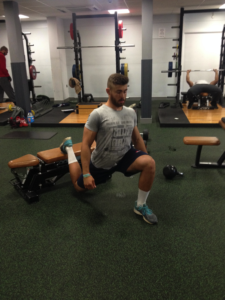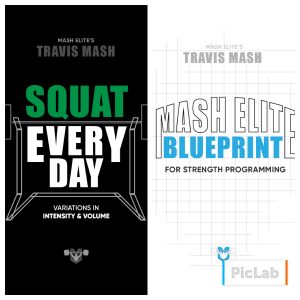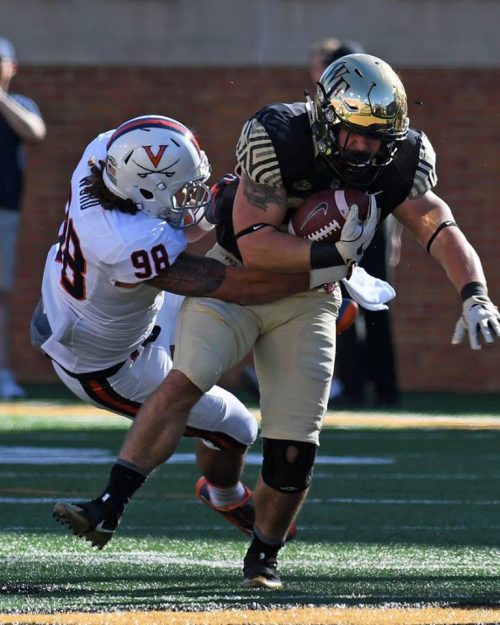“The Mash Blueprint for Strength Programming” and “Squat Every Day II: Variations in Intensity and Volume” have both launched today at the lowest price that they will ever be. Check them out below:
“Squat Every Day II and The Mash Blueprint”
Strength and Conditioning: Where to Begin
Recently I have started my latest crop of young athletes. There ages range from 13 to 14-years-old, and none of them have ever trained outside of their sport. As a strength coach it is always refreshing to go back to the beginning with another chance to do it even better.
I learn new ideas and concepts every year from either reading or visiting with other coaches throughout America. I am also blessed to host my podcast “The Barbell Life”, where I get to talk to some of the biggest names in the industry on a weekly basis. I guess that gives me a slight edge, but there is information all around at this point in history. The key is having enough of a scientific background to sift through the bull mess. Your job as a coach is to learn as much as possible. Your athletes trust you to do just that.
So how should you begin a new athlete? This is a very important question. New athletes are a blank sheet of paper. The pattern they form at the beginning will follow them throughout their lives. It’s very important that you are teaching them proper patterns. This goes for strength & conditioning, weightlifting, powerlifting, or any other type of training. It’s very important that rookies get close attention.
Here’s the way it goes:
- Assessment- I want to see what I am working with. Some athletes will come to you ready to do work, and some will come to you with some work to be done. Your job is to find out where they need the most help. You are a strength coach. Your assessment doesn’t have to be 100 steps. Here’s what I do:
- OH Squat with PVC Pipe (Looking for a near vertical spine, foot position, are T-Spine mobility)
- Air Squat (Looking for foot placement, angle of torso, depth, knee in relation to toe, and eccentric capabilities)
- Bodyweight lunge (torso control and knee stability)
- Pushups in one minute (relative strength and core stabilization)
- Pull=ups max reps (relative strength)
- Sprint mechanics (arm action, natural acceleration skills, foot strike on ball or heel, knee height, stride length, eyes straight ahead, comfort in the face)
- Jump mechanics (looking for technique and ability to absorb force in landing)
This simple test will tell me where I need to begin. Here’s a short example. I have two new young athletes that are both exceptional. One was able to perform a bodyweight squat with control, nice torso angle, and knee stability. The other one who is 6’4” at 14-years-old had a major torso lean, lack of depth, and more knee stability. One started with a KB Squat, and the other started with step-ups, mobility work, and squat progression. 4-weeks later they are both on the same level.
This leads me to another point. Just because someone is a great athlete on the field, that doesn’t mean that you can throw him to the dogs in the gym. That person needs attention to detail just like everyone else. I have a total take on strength and conditioning at this point of my life. My goal is the bulletproof these athletes, which brings me to my next point.
- Bulletproof your athletes- the biggest limiting factor to a lot of athletes is injury. There are some injuries that not preventable, but your job is to prevent as many non-contact injuries as possible. How many times have to talked to someone that could have played D1 sports, but a knee injury or back injury ended their dream. Especially when you are dealing with the best of the best, your job has to be to stabilize them from the top down and bottom up.
You will find that stabilizing an athlete will give them a huge push in their performance, but the biggest advantage is keeping them healthy. Strength coaches don’t realize that keeping an athlete healthy will give them a huge advantage as far as making it to the next level. Here are some tips:
- Stabilize the knee
- Stabilize the foot
- Keep the hips and T-Spine mobile
- Strengthen the neck (avoid concussions)
- Train for eccentric strength
- Make sure they have proper deceleration mechanics and strength
- Use isometrics to strengthen weak joint angles
- Make sure the shoulders move optimally
These are just a few to get you going, but I can’t over emphasize the importance to these points. Keep your athletes stabile and moving properly, and you’ve won half the battle.

- Start with the basics- we don’t grab a bar and start slinging weights. Of course that’s where I want them to progress, but first things first. Here’s where we start:
- Sprint mechanics (acceleration first with a lot of mechanics taught in the warm-ups)
- Deceleration mechanics (dropping center of gravity, positioning of feet and hips)
- Jumping and landing mechanics
- Squat mechanics
- Beginnings of the Olympic lifts (start with hang clean and Oh Squat with empty bar or lighter)
- Unilateral work to avoid asymmetries
- Mobility and movement (rolls, crawls, bird dogs, etc)
- Carries, prowler pushes, sled drags for conditioning, core strengthening, and stability.
This is a great way to get them started. Here’s the big key. You have to let them have fun. If your gym is like a prison for them, they will never learn to love the process of strength and conditioning. It should be the most fun part of their day with a lot of positive vibes and laughs.
Yeah I want them to become beast athletes, but there is something more important than all of that. I want them to enjoy fitness. I don’t want to see any of my athletes become obese, unhealthy, and out of shape. I want them to enjoy the process of fitness. At that point you have affected their lives in a positive way for the rest of their lives. I’ll take that over a D1 Scholarship any day. Preferably I’ll take the scholarship and the enjoyment of fitness.
Here are some other elements that you will want to touch on as well:
- Goal setting
- Mindset
- Nutrition
- Recovery
- Life choices
These elements are just as important, and once again these elements will follow them throughout life. That’s your job guys and gals. It’s not just to create a monster on the field. It’s to give these men and women skills that they can use for the rest of their lives to make their lives better and more fulfilled.
The last one is a personal one for me. Personally I want the athletes to see God in the way that I treat them, my staff, my family, and the others around me. Ultimately this is the most important aspect of anything that I do. Maybe it is for you too. That’s your own decision.
Anyway I hope that this helps you guys get a grasp on starting a new athlete down the road of strength and conditioning. You have an important job. It’s important that you realize that. You have the ability to affect each athlete in a way that will make the rest of his or her life a little better. That’s what I want you to remember.
HUGE ANNOUNCEMENT:
We have been waiting so long, and the day is finally here. We have launched two new amazing resources.
First, there’s the Mash Blueprint for Strength Programming. It’s a simple but effective system for building your own program. There are guidelines for how to add assistance and cardio – as well as how to change the program so you can keep progressing for a lifetime of gains.
We’re also launching #SquatEveryDay II: Variations in Intensity and Volume. The original #SquatEveryDay from last year works perfectly for some athletes. However, I’ve realized that some of my lifters have different volume needs. So in this second #SquatEveryDay book, I’ve outlined two levels of higher volume programs. Lifters tend to fall into one of three categories as far as volume requirements – and with both #SquatEveryDay books, you will now have programs for all three levels.
And while we’re launching these products, you can grab The Blueprint and grab #SquatEveryDay II right now for the lowest price they will ever be. Prices increase Monday at midnight!

